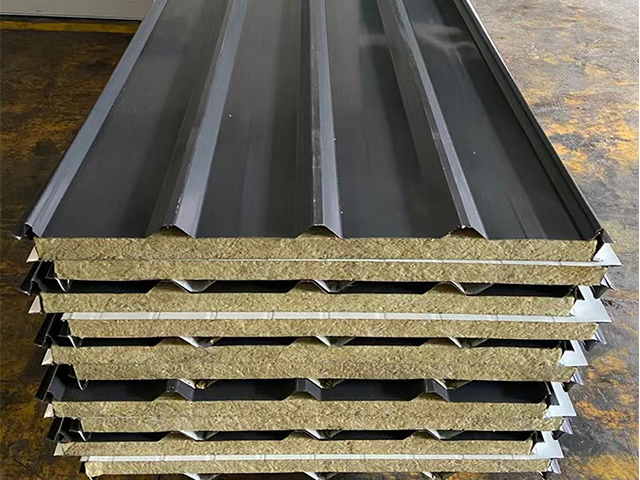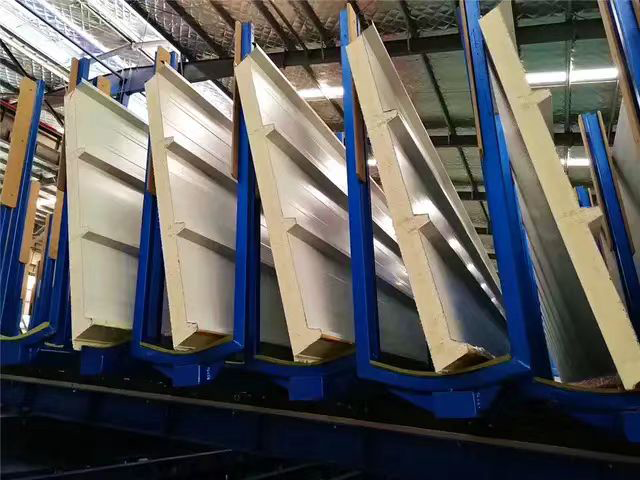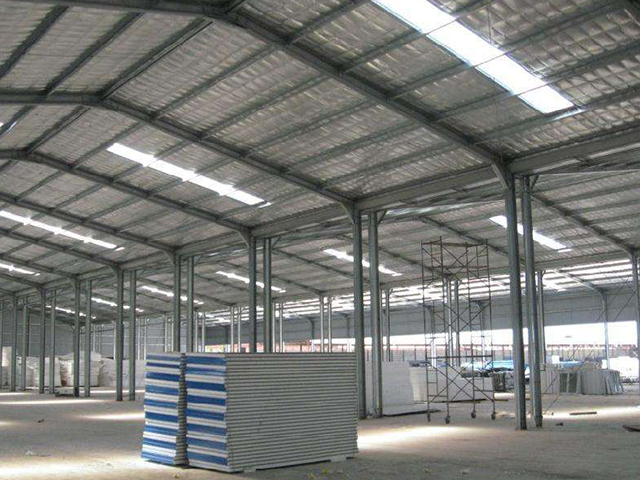מבני פלדה השתנו את הדרך לבנות מתקנים תעשיים בשנים האחרונות. עכשיו הם חזקים יותר, גמישים יותר וכוסי עלות יותר. במאמר זה, נכסה את ההתפתחות של העמודים המשמשים בבנייה יחד עם מבני פלדה ולמה הם הכרחיים במתקנים מודרניים.
היתרונות של מבני פלדה
מבני פלדה מציעים יתרונות רבים בהשוואה לחומרי בנייה קונבנציונליים. העוצמה המרשימה של החומר ביחס למשקלו הופכת אותו מתאים במיוחד ליצירת חללים רחבים ותכונות ארכיטקטוניות מורכבות, שכן מסגרות פלדה יכולות לתמוך במשקולות כבדות מבלי להזדקק לנפח מוגזם. בניגוד לחלופות עץ או בטון, פלדה עמידה באש, שורדת טמפרטורות קיצוניות חמימות וקרירות, עמידה בפני נזק מאינסוקטים ואינה סובלת מבעיית עקצוב שמתקצרת את מחזור החיים של מבנים. יתרון נוסף שראוי לציון הוא קלות ההעברה של מבני פלדה. תכונות אלו משמעותן צרכים נמוכים יותר בשטח תחזוקה מתמדת וגמישות גדולה יותר באופן שבו משתמשים במתקנים לאורך זמן. עבור חברות הפועלות בתחנות תעשייתיות, זה מתורגם לחיסכון בעלויות שניתן להפנות מחדש לעיסוקים מרכזיים במקום לדאוג תמיד לפיקוח ולתחזוקה.
אפשרויות עיצוב חדשניות
הגיוון בפליז מאפשר לאדריכלים ולמהנדסים להרחיב את אפשרויות העיצוב שלהם. בעת שימוש במבנים מפליז מוגזמים, התהליך הופך להיות מודולרי יותר. הבנייה מתרחשת במהירות רבה יותר, ובסופו של דבר עולה פחות כסף. יתרון גדול נוסף הוא שליטה טובה יותר באיכות, מאחר שהחלקים מיוצרים ב заводים לפני שהם מרכיבים באתר. הדבר הזה יוצר גימור חלק וعصרי, שבו קרשים מוצגים יוצרים דפוסים מראים מעניינים במבנים. הלקוחות מעריכים את המראה הזה באותה מידה כמו העובדים שמשתתפים במרחב הזה מדי יום. שילוב של יתרונות פונקציונליים ומנומקות אסתטיות גורם למבנים מפליז להיות פופולריים יותר בקרב אנשי מקצוע בבנייה כיום.
השלכות סביבתיות וקיימנמיה
בנייני מסגרת פלסטית הפכו לפופולריים יותר בימים אלו, במיוחד מאז שהתעשייה הפלשתית начала לקחת ברצינות את הנושא של שימור הסביבה. יתרון גדול הוא שפסולת הבנייה מופחתת משמעותית כאשר עובדים עם פליז, מאחר שניתן למחזר אותו לחלוטין. גם יוצרי פליז רבים עוברים על גישה ירוקה, מחליפים לכוח סולרי כאשר הדבר מתאפשר, מקטינים את הפליטות מהמפעלים ומשפרים את תהליכי הייצור במונחי שימור הסביבה. כאשר חברות בונות באמצעות מסגרות פלז, הן יכולות להציג את מחויבותן לשימור הסביבה, מה שעוזר להציג את דוחות האחריות החברתית שלהן בצורה טובה ומעודדת את המעבר כולו לעבר פתרונות בנייה ידידותיים לסביבה בכל תחום הבנייה.
פיתוחים ושינויים בתעשייה
העולם העסקי משתנה כל הזמן עם הופעת טכנולוגיות חדשות ואבולוציה של תהליכי ייצור. מבני פליז מוצעים לחברות כדרך להתאים את עצמן כשמגיע הזמן להרחיב או לשנות את המרחב שלהן. מבנים אלה יכולים לעמוד בצרכים של צמיחה באופן די קל בהשוואה לאפשרויות המסורתיות. הגמישות הזאת אומרת שחברות שמפעילות מבנים מפליז מוצאות בדרך כלל קל יותר לשמור על עמידות בשוק למרות כל השינויים שאנשים עוברים בהם. לאורך השנים, גילו יצרנים רבים את היתרונות האלה בפעם הראשונה.
הטרנדים העתידיים בבניית פלדה
מבני פליזדורים לתעשייה עומדים להפוך לנפוצים אף יותר בשנים הקרובות. טכנולוגיות חדשות כמו תוכנת BIM ושיטות ייצור רובוטיות תורמות להפחתת טעויות ומאיצות את זמני הבנייה. חדשנות אלו פותרות מגוון רחב של בעיות נפוצות המתעוררות בפרויקטים מסורתיים לבניית מבנים מפליזדור. במקביל, אנו עדים לגידול בזיהוי של גישות בנייה מודולריות. רכיבים מוכנים מראש יכולים לחסוך חודשים ארוכים בלוחות הזמנים של פרויקטים במבנה מפעלים גדולים או מחסנים. ככל שהישגים אלו ימשיכו לצבור תאוצה בענף, צפויים להיות שינויים משמעותיים בדרכים בהן נבנים מתקנים תעשייתיים, מהיסוד ועד לקורת הגג, בעשור הקרוב.
בכלל, השפעה מרשימה כתוצאה מהאימוץ של טכניקות מתקדמות עם תשתית מודרנית כמגניבם. קבוצת התכונות הייחודיות שלהם מספקת בבירור יתרון תחרותי לצידן של צרכים שוקיים דינמיים, מה שופך אותם לבסיס של פרויקטים עתידיים.






